Records Management: It’s time for disruption
March 31, 2021 | Records Management, Change Management, Continuous Improvement, Process Management, Transformations

In today’s age of social media and information available at the click of a button or the tap of the screen, there are many opportunities. We have more access to content than we ever have before! This is not only online but through shared drives, emails, online posts and of course, in file folders. While access to content can certainly be a huge advantage for companies, it can also be a liability. Consider this; how do we oversee such content, mitigate risks and ensure that all legislation regarding retention, privacy and data protection are adhered to? How do we partner with lines of business enabling adoption of content governance best practices across their systems and services? It all starts with mindset.
Has your organization experienced any of the following problems?
- Being isolated from system integration, automation and transformation initiatives?
- Not invited to discussions about automation, AI, blockchain and IOT initiatives
- In conflict with lines of business over the technology they use and the safeguards that may be lacking
- Retention and classification policies only applying to paper based records
If any of this rings true for you, it is time for a mindset shift. No amount of barking or mandating compliance will ever change this. It is time to move from a compliance to a business enablement approach.
A business enablement mindset will accelerate records management principles across your organization
Let’s face it. Governance and legislative compliance are not very exciting topics. How do you expect them to be motivating factors for your management team when it comes to records management. “Classify your records or face penalties and fines” is a line that I’ve heard 1000’s of times before. If the risk levels aren’t immediately apparent, its hard to imagine anyone motivated to react. Here are a few benefits of records management, they might find a little more interesting.
- Improved customer service.
- Cost savings.
- More efficient business processes.
- Enabling a work from anywhere culture.
- Faster service delivery.
- Leveraging new technologies.
- Attract capital investment.
How to help your team develop a new mindset when it comes to records management:
We have identified three main pillars or steps that you can take in order to help transform your organization’s mindset regarding records management, and will discuss each one in turn.
Adopt the curiosity of an analyst
When it comes to your own organization, it can be easy to hold biases. You need to take a step back and imagine how a business analyst would see your organization. Take an objective look at how your business works including the services it provides and the tools that are required to do so.
We recommend that you use the SIPOC technique in analysing your business procedures and the collection, management and distribution that occurs within it. Doing so will help you to better identify categories of records as well as where those records come from, where they go and what stakeholders need the information for on a day forward basis to operate.
Records should be identified by security level, record types, operating value, tags needed to enable discovery and accelerate collaboration across stakeholder groups.
Embrace resistance and opposing views.
Opposing views are like receiving a $100 cash in your hand with every sentiment. They can help you to identify blind spots in your record management processes, leading to even greater service improvement.
It is important however not only to look for the opposing views themselves, but also their source or what is driving them. Factors that can cause opposing views may include fear of business processes being slower, the unknown or even job security.
And while it can take a fair bit of time to find the cause of resistance, the benefits are well worth it as it can lead to a deeper understanding of technologies, culture, processes that need to be resolved in order to rally staff to a cause.
Gladly accept that $100 bill and approach resistance with excitement. It not only leads to building stronger process efficiencies, but you establish deeper connections with the team members impacted by digital transformation change.
Design a business centric maturity model
A maturity model is a dartboard whereby all can see the target and its value. Its a tool in helping a company or organization to gauge its effectiveness and help define what is truly important to the organization.
An example of this is the ‘4C model’ of Compliance, Cost, Collaboration and Continuity which works as follows:
- Compliance – Are records collected and preserved long enough to satisfy the legislative requirements? Are proper safeguards in place and capture across all mediums and formats?
- Cost – is record management being done in the most cost-effective way? How much duplication is there across filerooms, local drives, email, shared drives and online posts? Are we printing content that is born digitally? Is there room for efficiencies in terms financial resources. Furthermore, is the business at risk of incurring fines or penalties due to poor compliance?
- Collaboration – This refers to process and end to end operating efficiency. How quickly can your team access information? Can they find records where and when they need them? Do they have access to central locations or are their versions floating around on local devices? How much time is taken by searching and repurposing information that is already available? Do these records have to be rekeyed into different systems, making it necessary to recheck them multiple times? What is your service cycle time?
- Continuity – Are records stored in a way that enables business to survive beyond and emergency or natural disaster? How is risk being identified and mitigated? Do we have the information we need accessible in online or backed up locations to prevent loss? Can your team access them on their home laptops or from their smart phones?
In order to implement a maturity model that becomes an enterprise wide dartboard, use various strategies including creating self-assessment checklists and scoring systems to pinpoint problem areas. The more business centric the model, the easier it will be for lines of business to self identify problems and develop targeted solutions.
If you are ready to disrupt the mindset around records management and begin the digital transformation, we can help. Contact Tumii Transformations today and start your journey.
